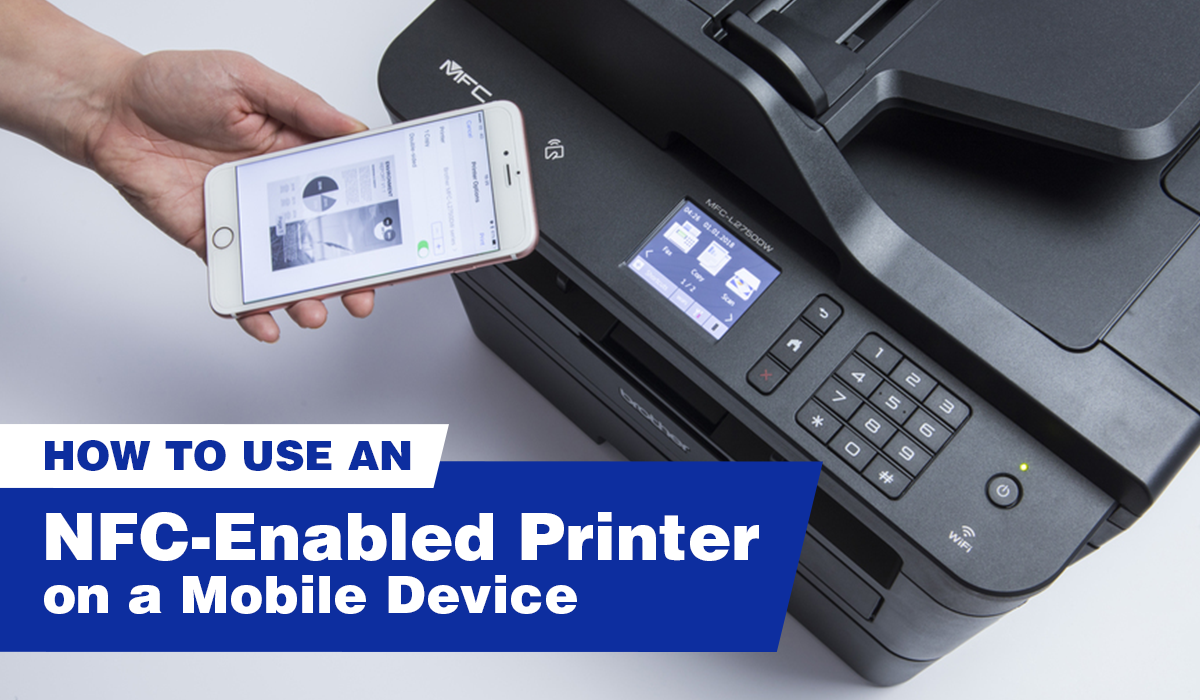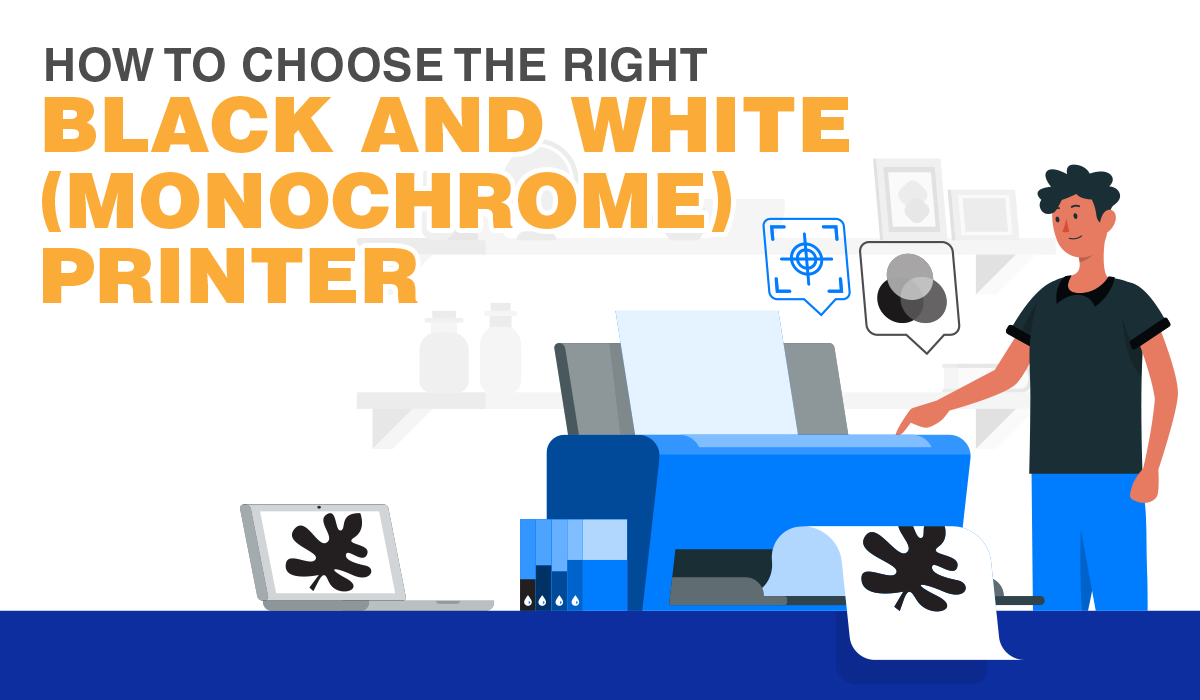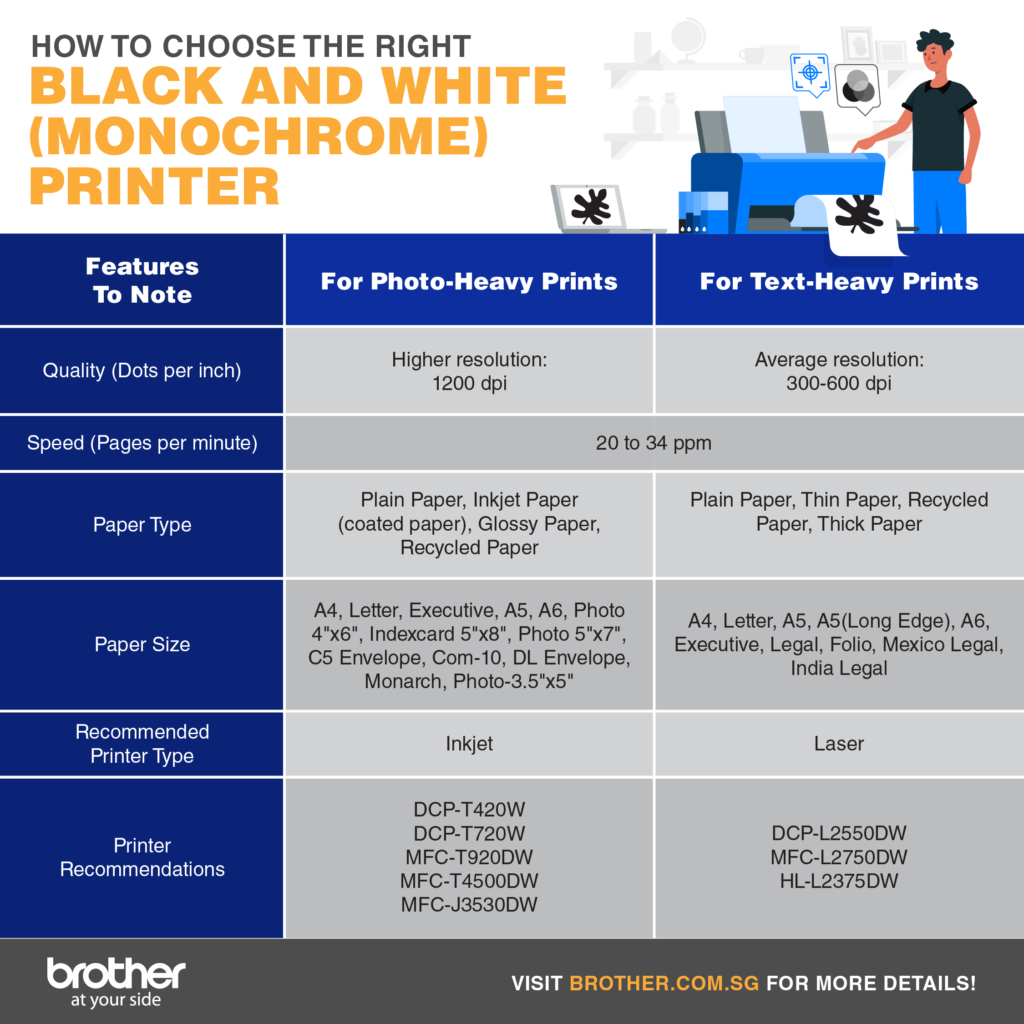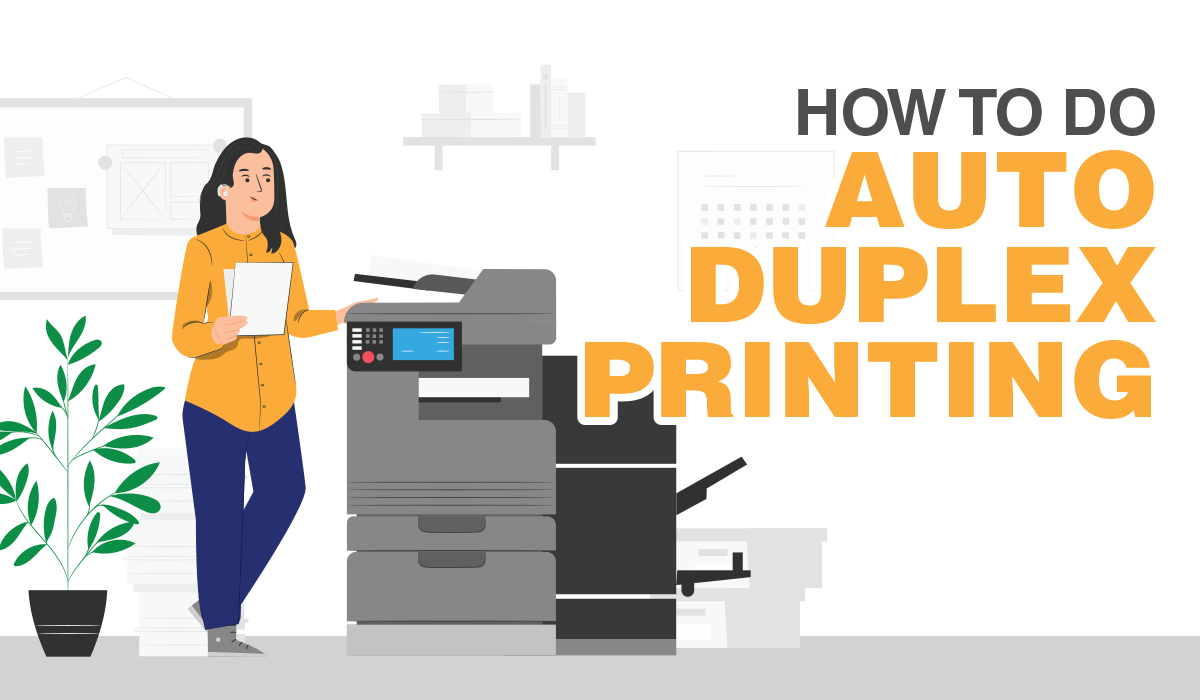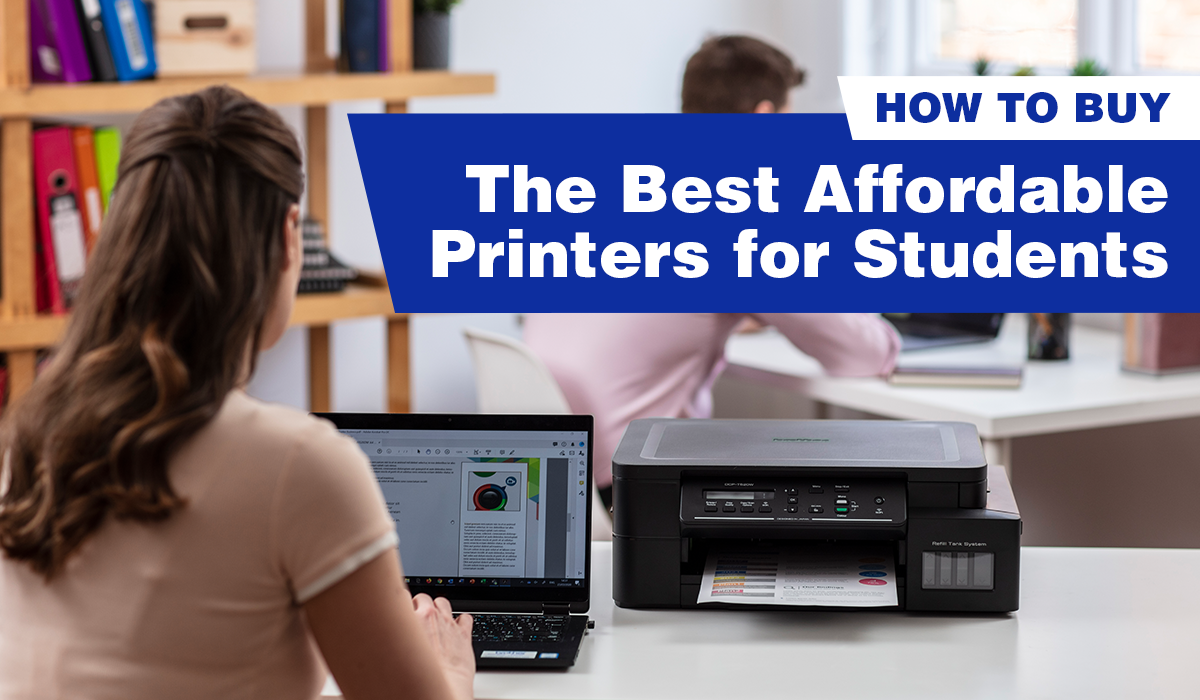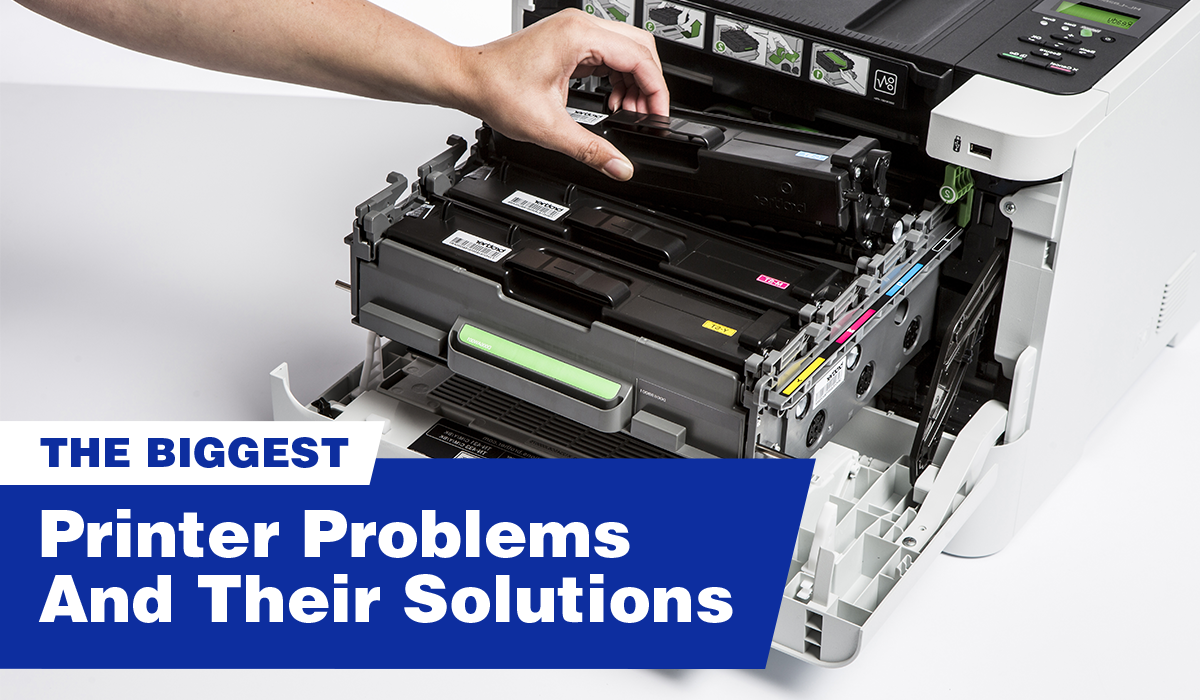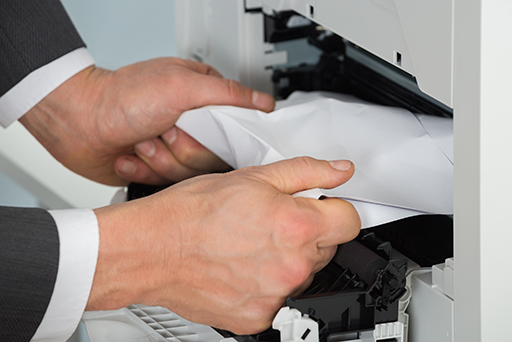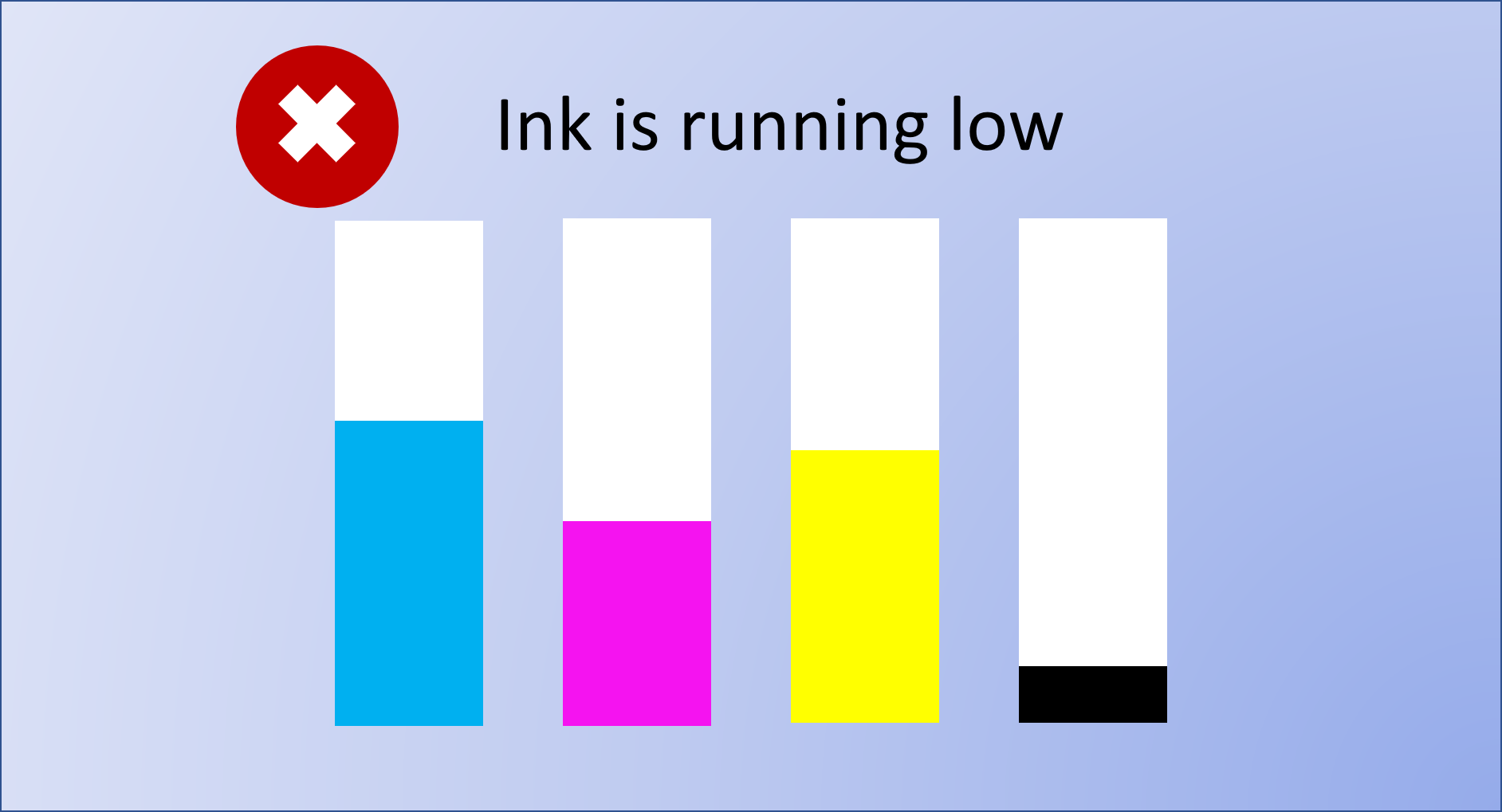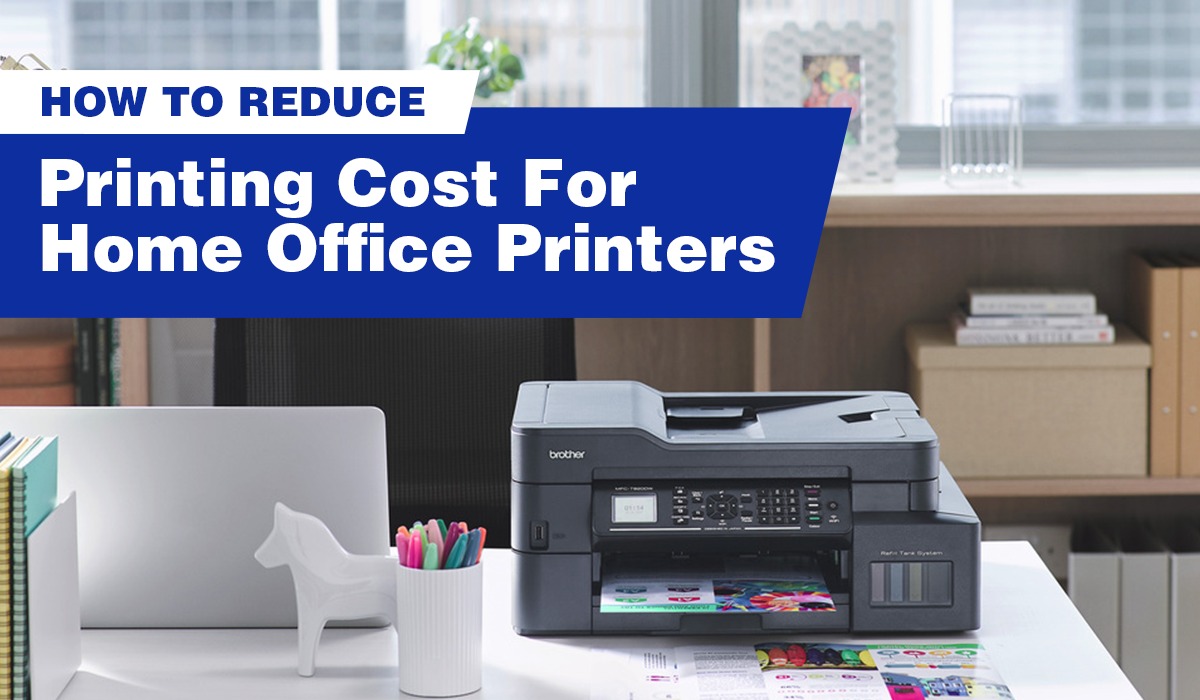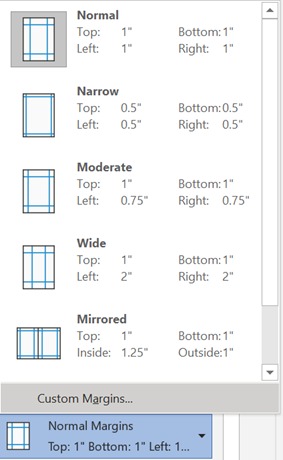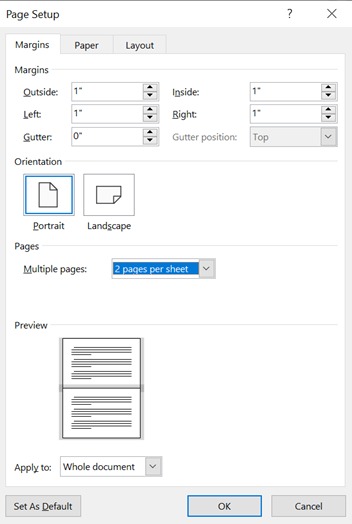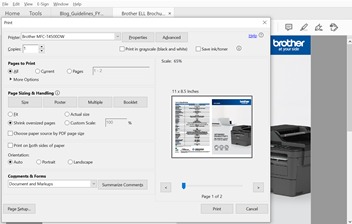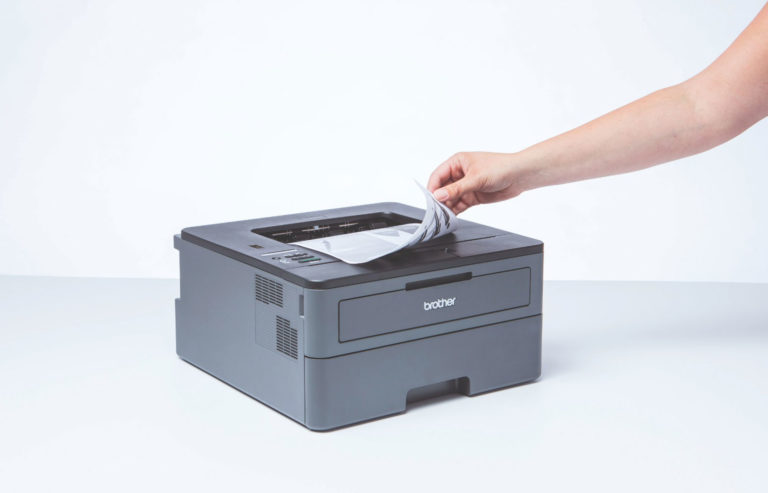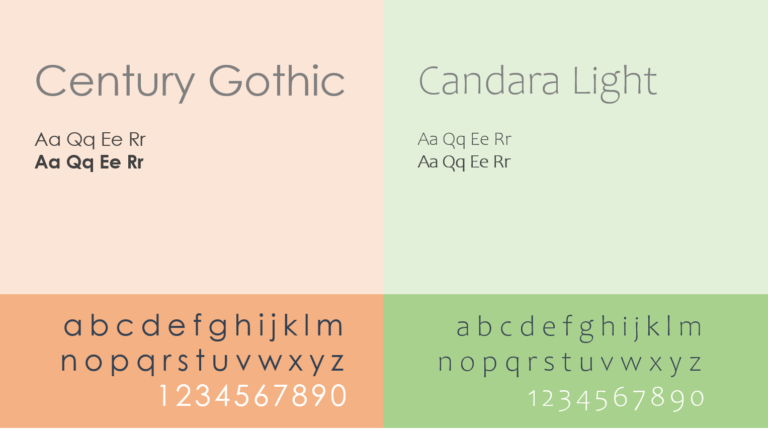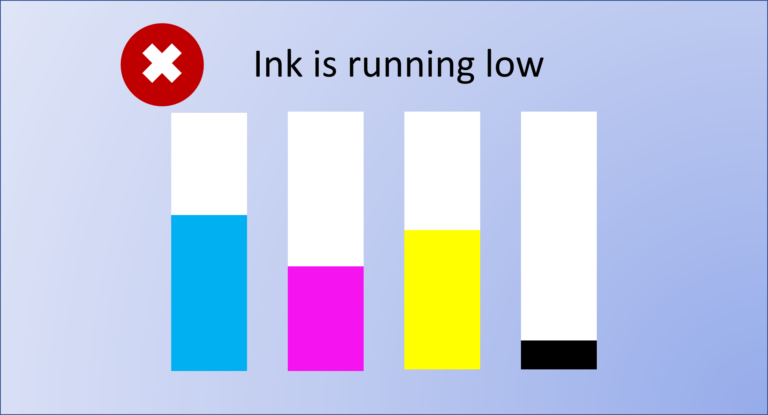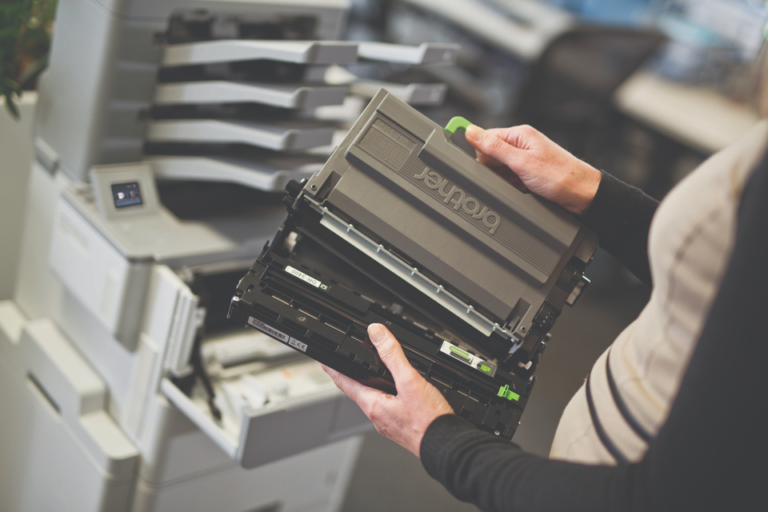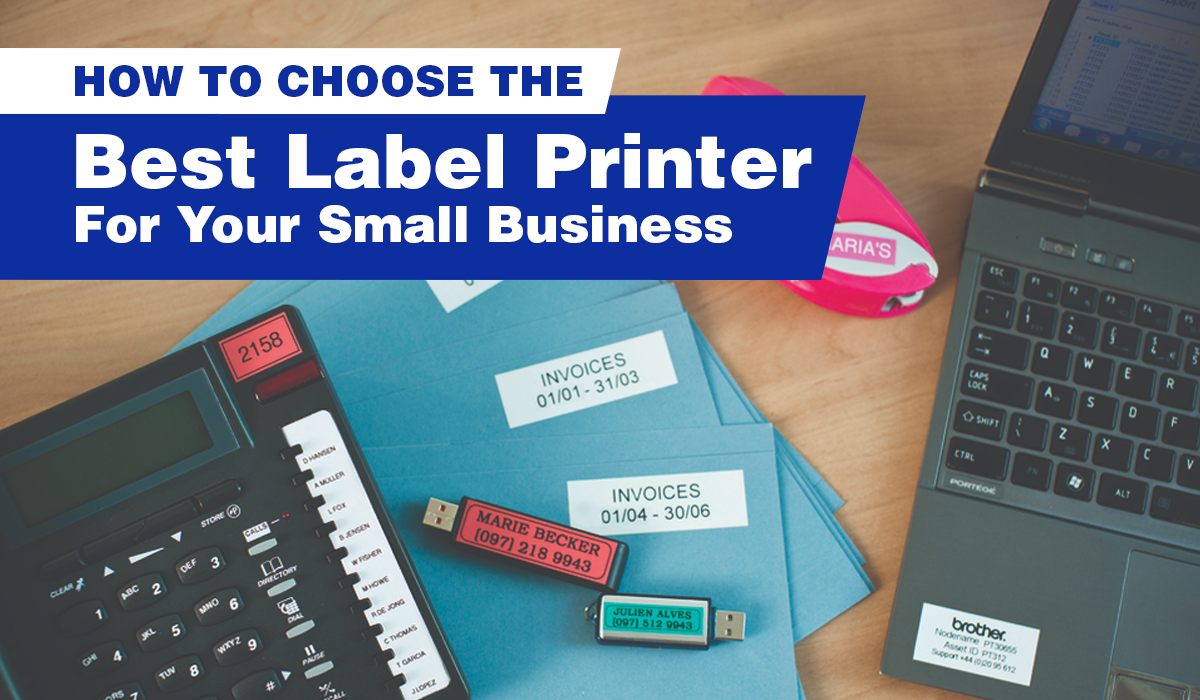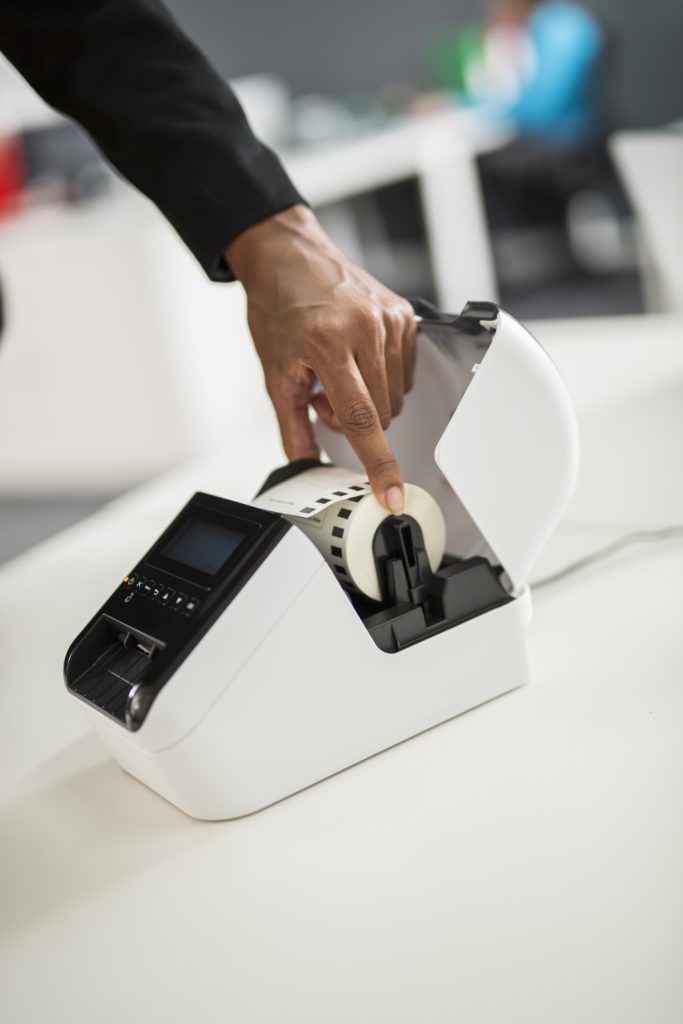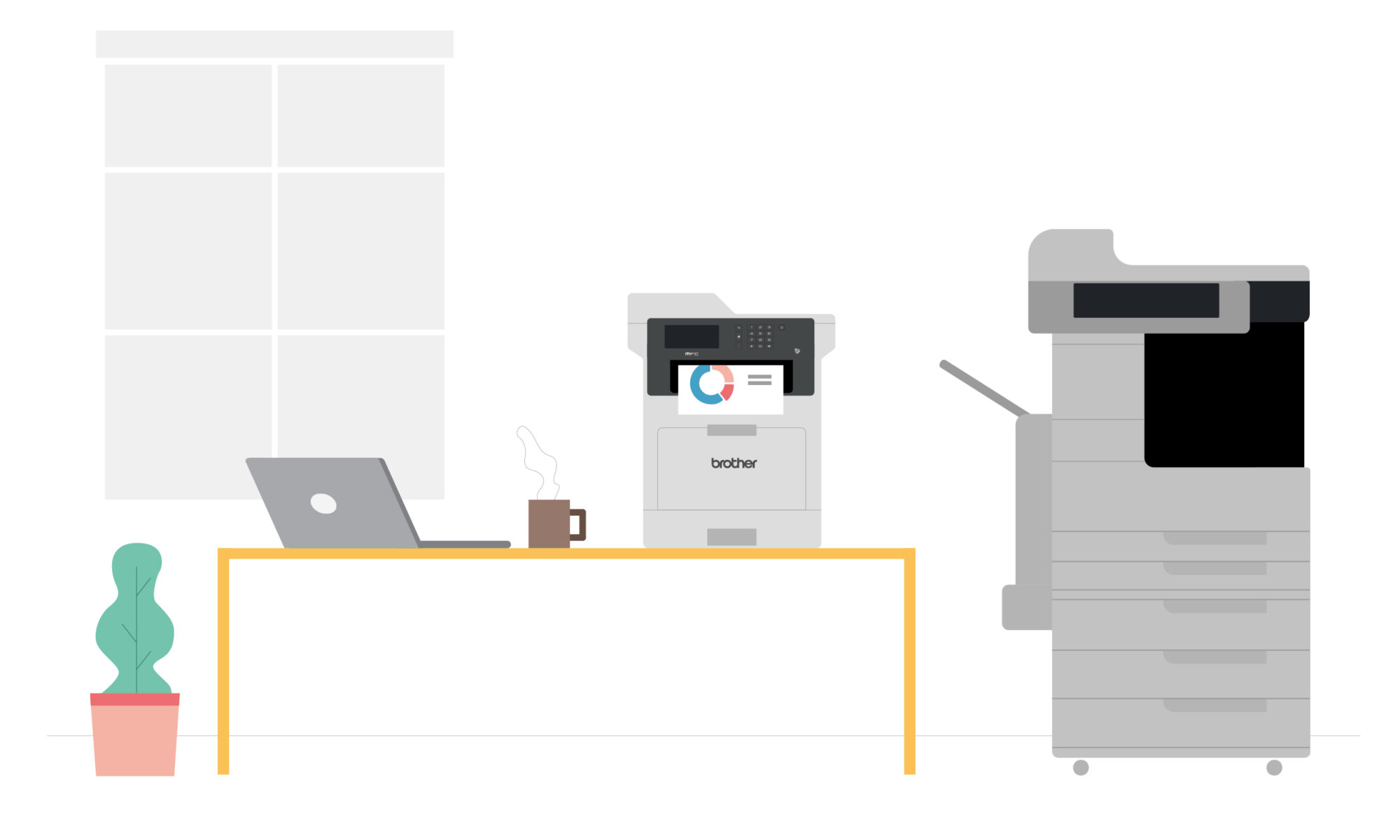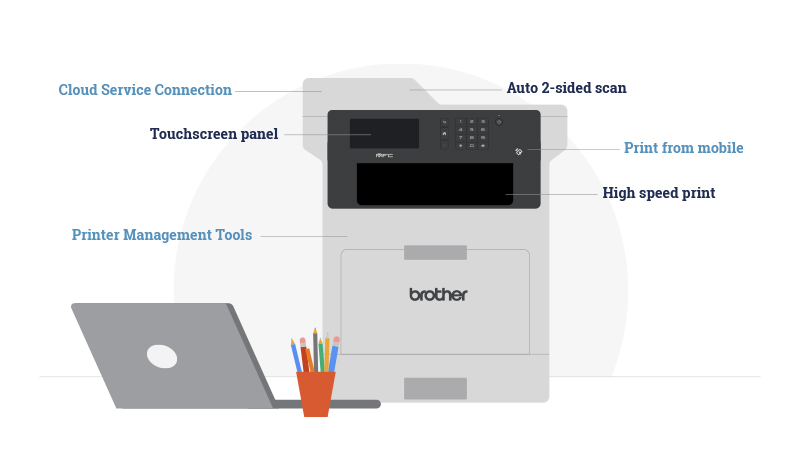Your Handy Guide to Using an NFC-Enabled Printer on a Mobile Device
Keen to print directly from your mobile device to an NFC-enabled printer?
We know how attractive that idea can be! Especially when you dread the following printing scenarios:
- Needing to log on to your laptop just to print a few documents
- Being confused by the convoluted set-up process involving wireless printers
There are many perks that an NFC-enabled printer can bring to your home or office. Read on to find out how you can print from your mobile device via an NFC-enabled printer, as well as the benefits that NFC enabled printers bring.
What is NFC printing?
As its name suggests, NFC printing, also known as Near Field Communication printing, works by establishing the wireless network connectivity between a mobile device and a printer when they are in close proximity. This is a form of short-range wireless technology that most modern smartphones, tablets and devices have.
With such technology, you can literally walk up to the printer, tap your phone on it and watch as your selected prints are printed right before your eyes.
NFC technology has made printing so convenient and fuss-free that you don’t need to log on to your PC or laptop just to print a document!
How to print from Android mobile devices using NFC printing
To use NFC Printing, both your printer and your mobile device must come equipped with Near Field Communication (NFC) technology. Let us walk through the processes needed to activate it on both devices.
How to activate NFC on Android mobile devices
#1 Check if your mobile device supports NFC
Are your mobile devices already NFC-enabled? Well, you will be glad to know that the latest Android smartphones and tablets are mostly NFC-enabled. You can check by searching on your device settings for “NFC”.
(Unfortunately, as of now, there isn’t an easy way for iOS devices like iPhones to print using the NFC technology.)
#2 Activate NFC on mobile device
To activate NFC on your Android phone or tablet, follow the steps below:
- On your Android device, tap on “Settings”
- Select “Connected devices”
- Select “Connection preferences”
- You should see “NFC” and “Android Beam” options
- Turn both of them on
Once NFC is activated on your mobile device, you can direct your attention to the printer.
How to use an NFC-enabled printer
#1 Check if your printer supports NFC
How do you know if a printer is NFC-enabled? Most printers will have an NFC icon located on the printer—this will also be the area where you should place your device to establish a connection.
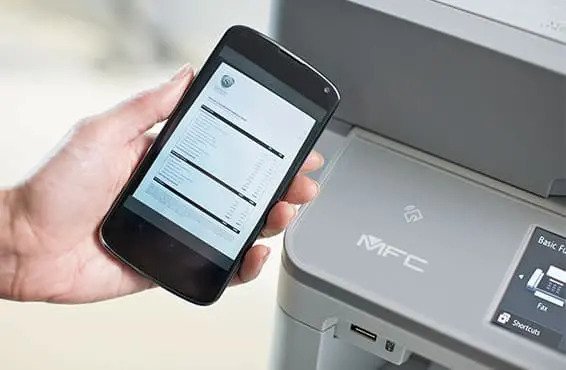
#2 Enable NFC on Brother printer
To turn on the NFC capability on a Brother printer, follow these simple steps:
- Select Settings (screwdriver icon)
- Select “All Settings”
- Select “Network”
- Select “NFC”
- Select “ON”
- Select Home (house icon)
#3 Install and use Brother iPrint&Scan app to select the print job
To print via NFC on a Brother printer, you will need to install Brother iPrint&Scan App on your mobile device.
If you are printing a photo or a document, ensure that the memory card containing the image or document has been inserted into the mobile device.
To select the print job, here are the steps needed:
- Open the Launcher on the mobile device
- Tap the Brother iPrint&Scan icon (carefully read and accept the terms of the license agreement)
- Select the document to be printed
#5 Establish NFC connection and print
When the Print Preview screen is displayed, hold your mobile device against the NFC icon on your Brother printer. Be sure to line up both the NFC tags.
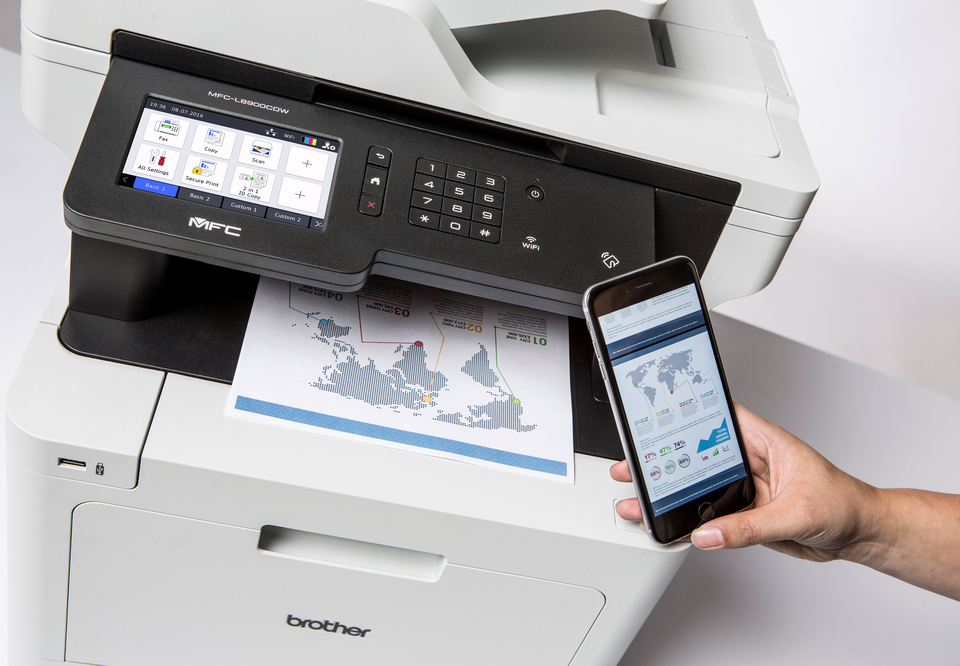
Once your mobile device is connected, you will hear a sound and “Touch to beam” will be displayed on the mobile device’s screen.
Simply tap your device’s screen to proceed with printing, while maintaining the proximity, and voila! You have just printed directly from your mobile device to your NFC printer!
Benefits of NFC Printing
NFC printing has become a popular mode of printing because it is fuss-free and convenient.
What users appreciate the most is its fast and seamless connection. Thus, the quick tap-and-print process of NFC printing can help to optimise business productivity.
Brother’s NFC-Enabled Printers
Searching for the best NFC-enabled printer for your home or corporate office? Check out some of Brother’s best printers with NFC features!
Inkjet
Laser
For Home Use:
For Business & Office Use:
Once you get your hands on an NFC-enabled printer, you would understand why it’s so popular and better appreciate this state-of-the-art technology!

